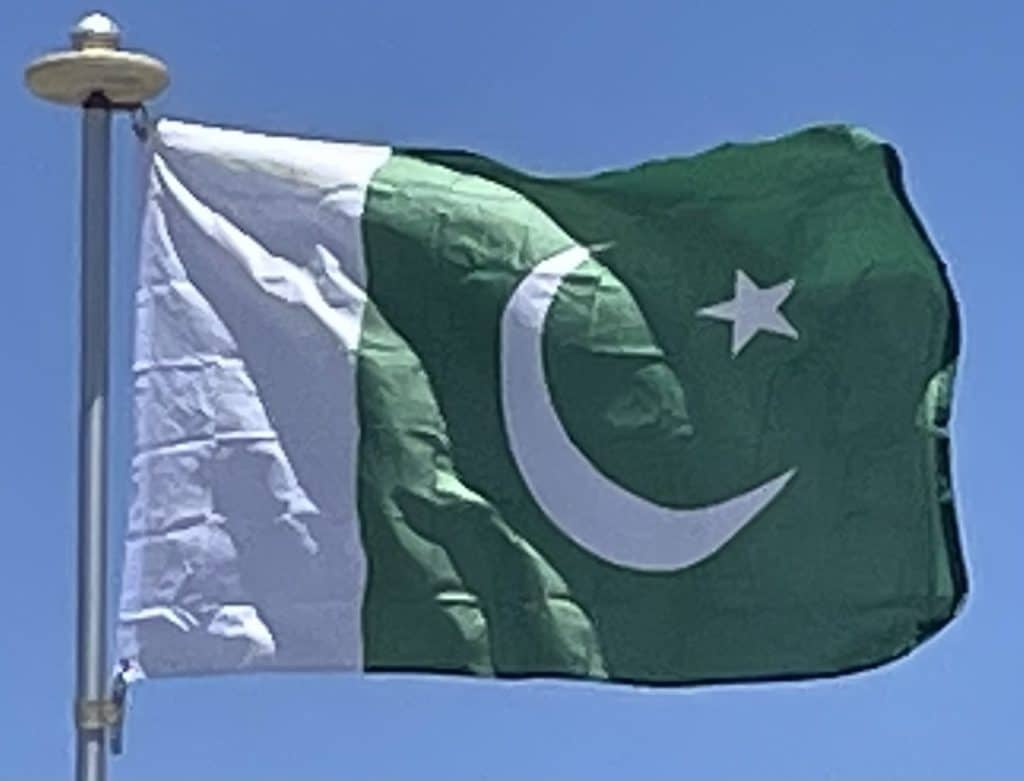Introduction:
Pakistan, officially the Islamic Republic of Pakistan, is a country in South Asia. It is the world’s fifth-most populous country with a population exceeding 212.2 million, and has the world’s second-largest Muslim population. Pakistan is the 33rd-largest country by area, spanning 881,913 square kilometers (340,509 square miles). It has a 1,046-kilometre (650-mile) coastline along the Arabian Sea and Gulf of Oman in the south and is bordered by India to the east, Afghanistan to the west, Iran to the southwest, and China to the northeast. It is separated narrowly from Tajikistan by Afghanistan’s Wakhan Corridor in the northwest, and also shares a maritime border with Oman.

Pakistan is the site of several ancient cultures, most notably the 8,500-year-old Neolithic site of Mehrgarh, the oldest in South Asia, and the Bronze Age Indus Valley Civilization, the most extensive of the civilizations of the Old World. The region of Pakistan was the realm of empires and dynasties, including the Archaemenid; briefly that of Alexander the Great; the Seleucid, Maurya, Kushan, the Gupta; the Umayyad Caliphate in its southern regions, the Ghaznavids, the Delhi Sultanate, the Mughals, the Durrani Empire, the Sikh Empire (in the Punjab region), East India Company rule, and, most recently, the British Indian Empire from 1858 to 1947.
Spurred by the Pakistan Movement, which sought a homeland for the Muslims of British India, and election victories in 1946 by the Muslim League, Pakistan won independence in 1947 after the Partition of the British Indian Empire, which awarded separate statehood to its Muslim-majority regions and was accompanied by an unparalleled migration and loss of life. Pakistan is an ethnically and linguistically diverse country, with similarly diverse geography and wildlife. Initially a dominion of the British Commonwealth, Pakistan adopted a constitution in 1956, becoming an Islamic republic. In 1971 East Pakistan seceded as the new country of Bangladesh after a civil war. During the following four decades, Pakistan was ruled by governments whose descriptions, although complex, commonly alternated between civilian and military, democratic and authoritarian, relatively secular and Islamicist. Pakistan elected a civilian government 2008, and in 2010 adopted a parliamentary system with periodic elections.

Pakistan has the sixth-largest standing armed forces in the world; it is a nuclear power and a declared nuclear-weapons state. It is ranked among the emerging and growth-leading economies, and has a large and fast-growing middle class. Pakistan’s political history since independence has been characterized by periods of significant economic and military growth as well those of political and economic instability. The country faces challenges including poverty, illiteracy, and corruption. Pakistan is a member of the UN, the Shanghai Cooperation Organisation, the OIC, the Commonwealth of Nations, the SAARC, the Islamic Military Counter Terrorism Coalition, and is a major non-NATO ally.
History:
Early and Medieval Age:
Some of the earliest ancient human civilizations in South Asia originated from areas encompassing present-day Pakistan. The earliest known inhabitants in the region were Soanian during the Lower Paleolithic, of whom stone tools have been found in the Soan Valley of Punjab. The Indus region, which covers most of present day Pakistan, was the site of several successive ancient cultures including the Neolithic Mehrgarh and the Bronze Age Indus Valley Civilisation (2,800–1,800 BCE) at Harappa and Mohenjo-Daro.
